3D Printing, Aerospace, Automotive, Berkshire News, Bio-Technology, Cleanroom News, Cleanroom Technology, Cleanrooms, FDA, Food Contact Surfaces, Hospitals, Internet of Things, Lint Free Solutions, Nanoparticles, Robots, USP 797
Cleanroom News: Top 10 Articles of 2017
Last year, we dipped our corporate toes into the pool of industry analysis, tentatively creating articles that we thought might be of interest to our customers, partners, and the broader contamination control community. We expected that only a handful of readers would return week after week to see what scientific curiosity had caught the eye and stirred the creativity of the Berkshire boffins.
Boy, were we wrong.
The articles we launched in 2017 have been popular beyond our expectations and we’ve had a lot of fun bringing you scientific advances, controversial analyses, and sometimes news of just the plain weird! As we’ve now crossed into 2018, let’s take a moment to review the most widely read pieces of last year and remind ourselves of what drives our passion for innovation and spurs us to ever greater things.
Enjoy!
1. Rise of the Bugs – How Can We Win the Battle for the Cleanroom?
Diversity – it’s not just the foundation of our human society. In the crawling, creeping, flying, and scurrying world of the insect, there are no fewer (and possibly many more) than ten quintillion – that’s 10 to the 19th power – bugs alive at any given time. We’re surrounded and outnumbered, outflanked and besieged by them. From the common house spider to the exotically edible cockroach, insects can be both a pest and a resource. But there’s one place they are most definitely not welcome: the cleanroom. Return to this article to learn why…
2. What do microfiber wipes, van der Waals forces, cell phones and geckos have in common?
OK, it was a long title but it was also the most read article on the Cleanroom News blog in 2017. Asking what parthenogenic and polyphyodont creatures such as gekkos could possibly have to do with cellphone cleaning, we dove – Tom Cruise-style in Mission Impossible (1, 2, and 3!) into the world of spatulae, molecular bonding, and public toilet seats. Don’t see how these disparate topics fit together? Perhaps it’s time to review the March article…
3. Is IoT Tech the New Foot Soldier in Hand Hygiene Compliance?
There are nannies and then there are ‘nannies.’ Classic characters like Mary Poppins or the more contemporary Nanny McPhee hold a special place in our hearts, representing comfort, security, and the sense of possibility. But what 21st century robot nannies lack in personality in comparison with these fictional governesses, they more than make up for in innovative use of technology. Germ-zapping units resembling everyone’s favorite Star Wars droid, R2D2, Violet and Zappy are hard at work in hospitals, toiling tirelessly in the fight against acquired infections. Combining perfect algorithms with human intelligence and experience, this new generation of nannies is on a mission – to save us from our own contaminated selves…
4. Tissue Banks & Cleanrooms: The Ultimate Price of Contamination Issues
Back in January, we set our sights on tissue banks – an interesting topic, but certainly not one for the faint of heart or delicate of stomach. Reviewing the processing of body donations, harvesting of tissues, bones, organs, and miscellaneous substances from human donors, we examined how the growth of tissue banks has increased demand for top of the line cleanrooms and excellence in their maintenance. To review how a controlled environment is central to the success of tissue banking and the cryogenic industry, read the article here…
5. Could Wearable Technology be a Powerful New Tool in Contamination Control?
The Internet of Things. A much publicized and somewhat misunderstood phenomenon. Unless, of course, you’ve read our January article in which we track how the nascent World Wide Web has led to an inter-connectivity of devices as humble as the thermostat and as complex as near field communication sensors. From smart wearables for use in sterile environments to law enforcement applications to safeguarding valuable liquors, the days of ‘dumb’ sensors are limited. And we describe how…
6. Flying High – The Role of the Cleanroom in the Development of Flying Cars
Holy flying cars, Batman! In Flying High, we took on the topic of autonomous aerial vehicles – AAVs – and their future in our increasingly congested world. From Google exec Larry Paige’s investment in this state-of-the-art transportation to innovation bad boy Elon Musk’s drive to construct the world’s largest lithium-ion battery plant in the middle of the Nevada desert, we examined the critical role of contamination control in the success of this new generation of vehicles.
7. Is Copper the Next Big Step in the Fight Against Microbial Contamination?
In our fast-paced, 24/7, ‘always-on’ world it can be reassuring to know that passivity also has its place. Especially when it comes to something as important as effective contamination control. And with a study published in the American Journal of Infection Control demonstrating that bacterial loads multiply rapidly in hospital rooms even when they have been scrupulously cleaned and left unoccupied, bringing every available tool into play to guard against contamination is critical. Which is why we took a fresh new look at an age-old technology: copper.
8. Supplement Mislabeling – More Bang for your Buck or A Clear and Present Danger to Health?
You know it had to happen; we just HAD to go there. In January, we tackled New Year’s resolutions, getting healthy, and the role of supplements in achieving our physical goals. And one of those goals had less to do with dysfunction at the gym and more to do with a rather different kind of exercise. Ahem… From a sensual sojourn to a romantic rendezvous, certain nutritional supplements and prescription pharmaceuticals can play an important role in our ‘overall wellness’ but how can we ensure that they don’t cause more problems than they solve? If your resolution for 2018 is to get fit – in whatever way – perhaps a great place to start would be re-visiting this article, before you head to the vitamin store.
9. Optical Shifts – Could Holographic Technology be Leveraged within a Cleanroom Environment?
As a solo commuter, have you ever been tempted to sneak into the diamond lane on the freeway? Seeing the potential fines for ‘fast lane abuse’ we wondered whether diffractive lightfield backlighting could provide us with the necessary safeguard to ensure we coast through traffic unimpeded. Diffractive what? DLB is a new photonics-based technology that enables the creation of interactive, 3D holograms – perfect for a 21st century version of the inflatable ‘passenger’ we used to stuff into the front seat. But could this innovation be more than just a gimmick that gets us from A to B quicker? Leia 3D thinks so, as does a certain titan of the automotive industry. Learn more by reading the article here…
10. How Does Vertical Farming and the IoT Intersect in the Cleanroom?
Floppy disks and salad leaves – is there a connection? In the weird and wonderful world of the Internet of Things, there always is…if you know where to look. In this case, it is in the art and science of vertical farming and the innovative way in which one Japanese company has re-purposed a floppy disk manufacturing plant to grow perfectly clean, contamination-free lettuce and other salad stuffs. And with a market of over 127 million potential customers, the company behind this intriguing use of resources can guarantee that the 8,400 heads of lettuce harvested per day will be snapped up. To get a taste of the future of farming, lettuce read the article again… (Do you see what we did there?)


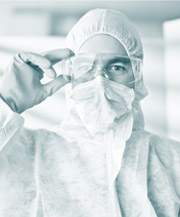


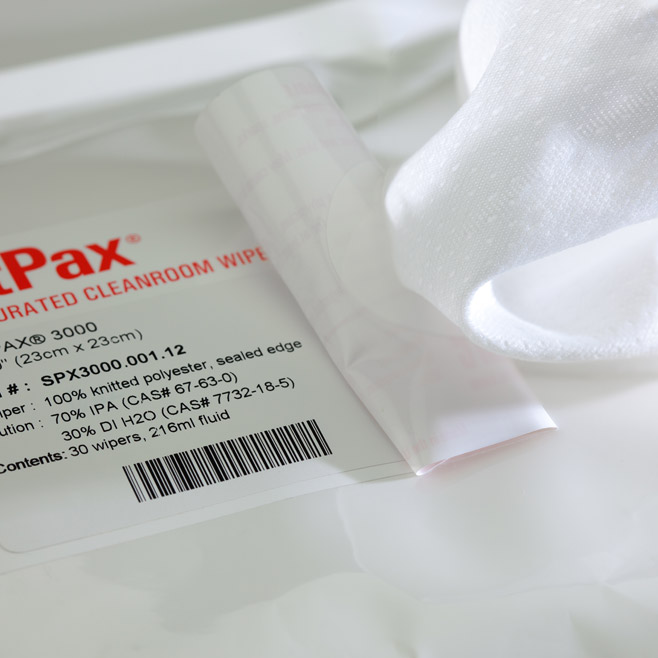
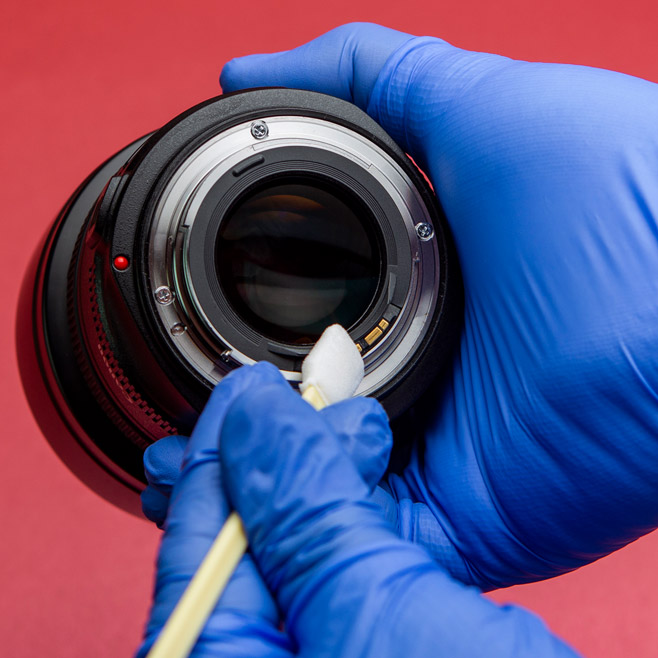
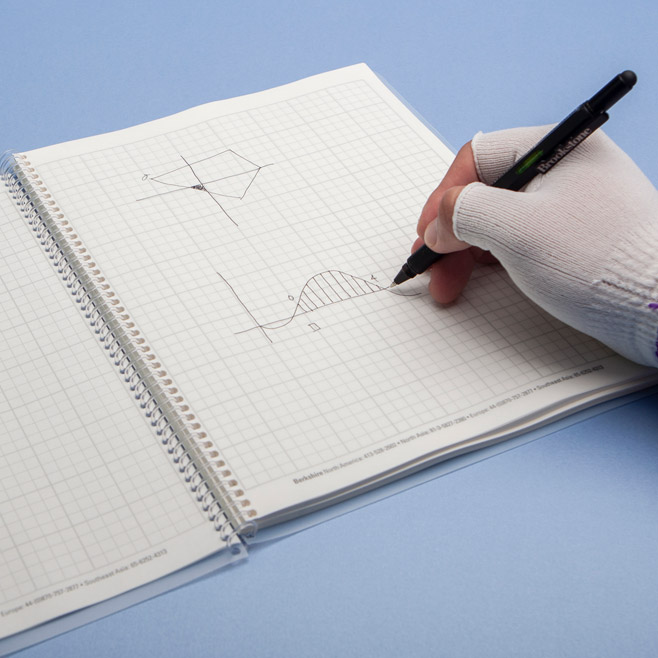

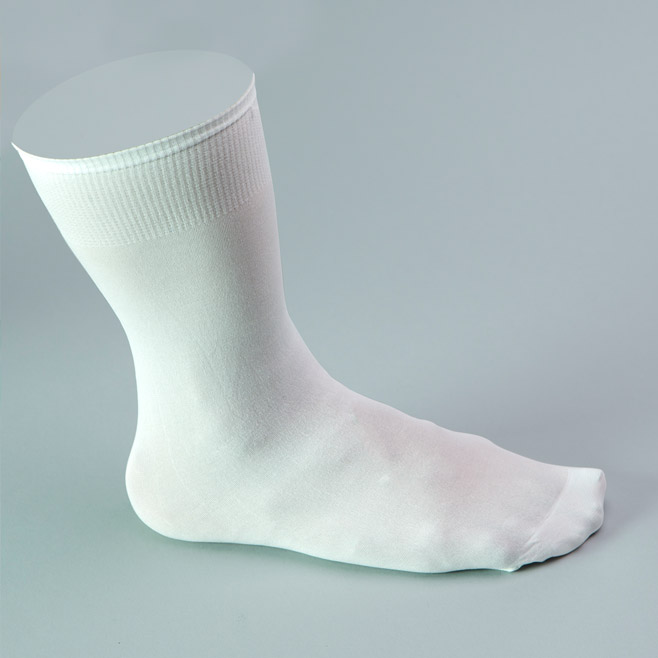
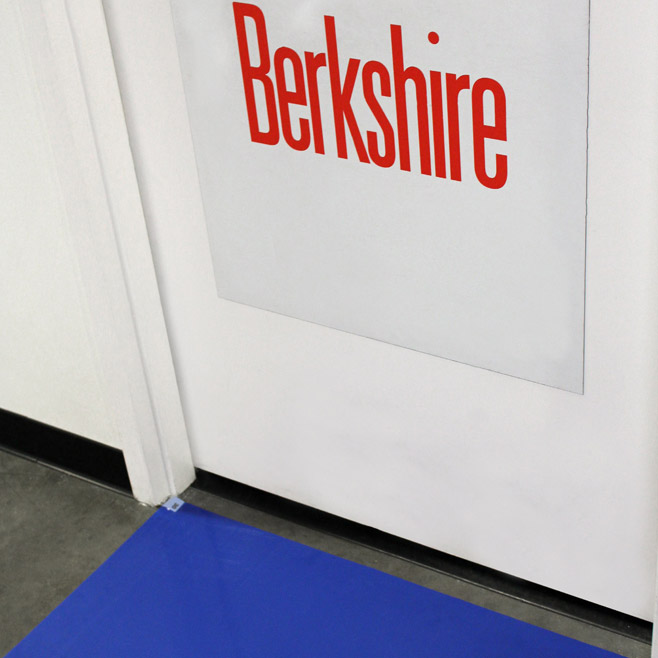
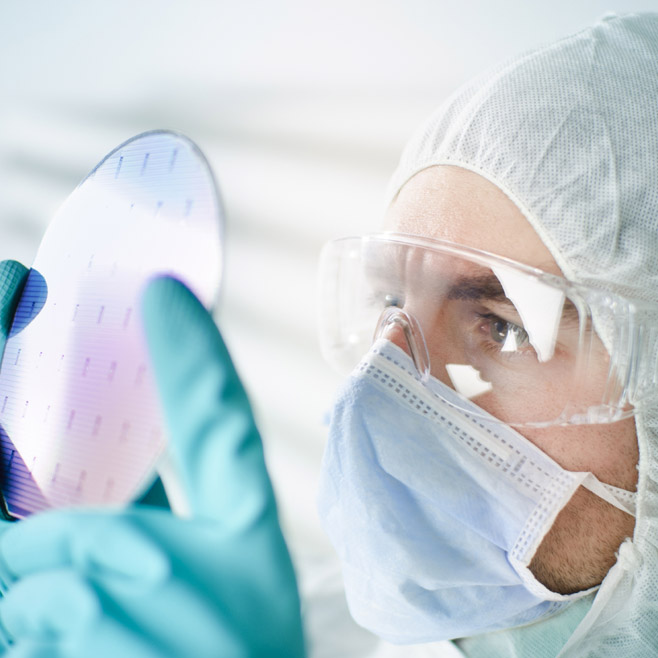
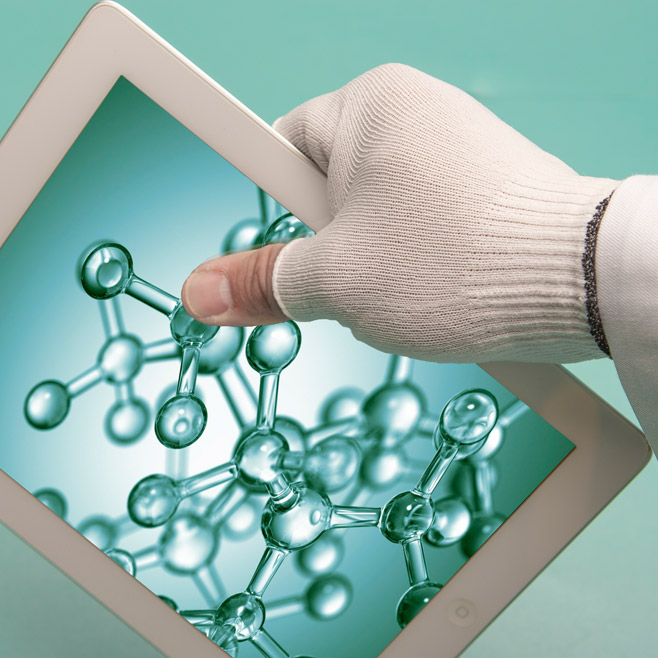
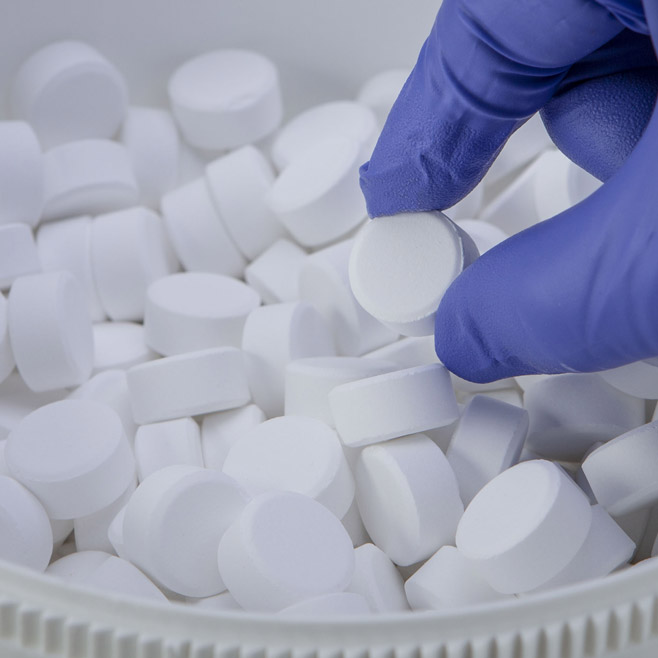
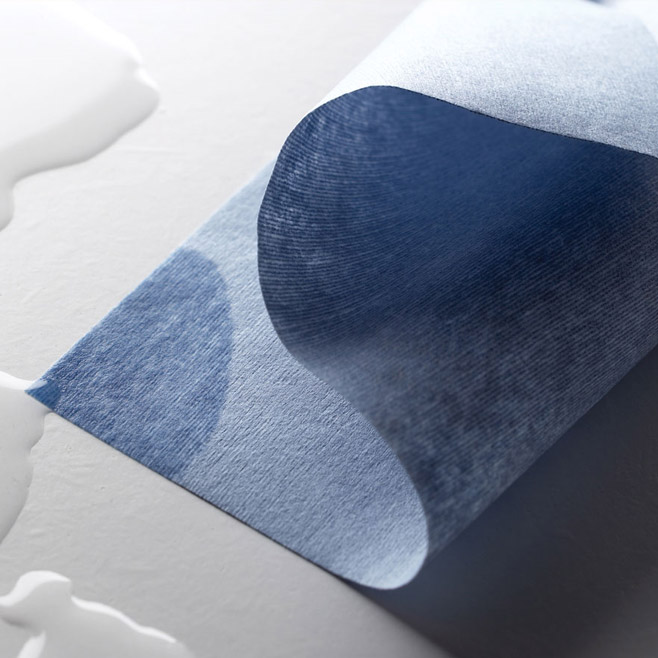
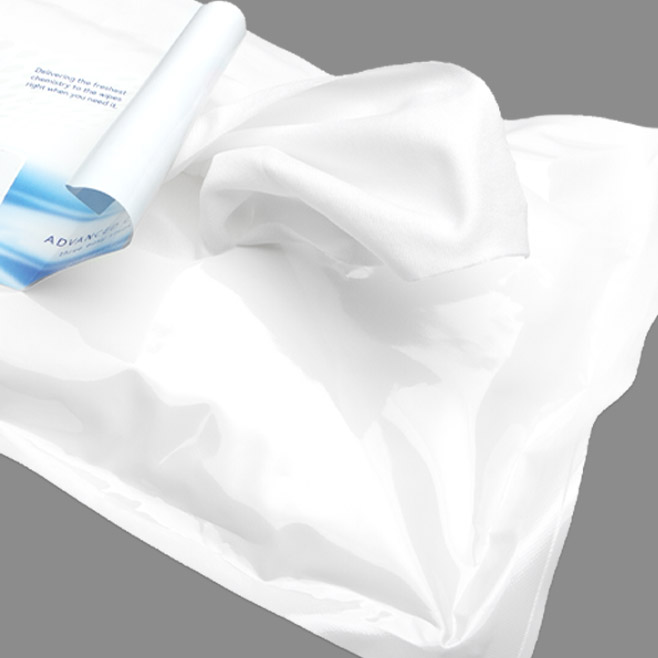
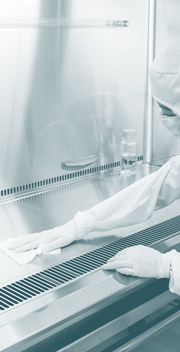

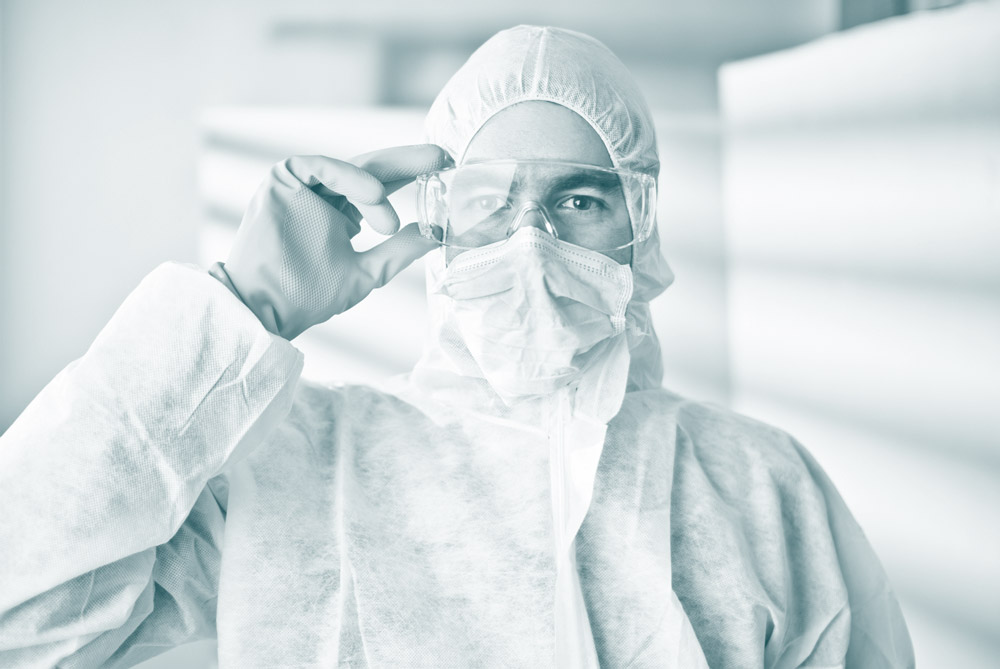
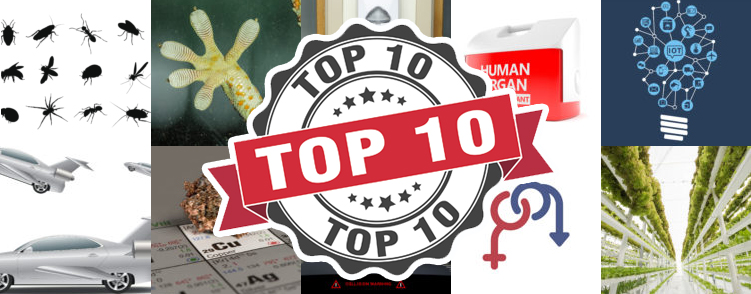
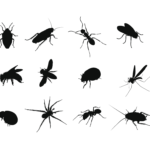

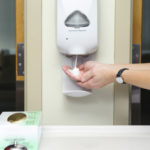
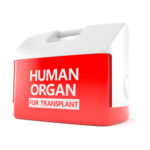

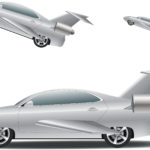
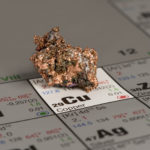

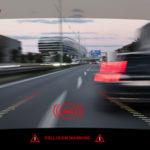
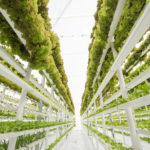

HAVE AN IDEA FOR CONTENT?
We are always looking for ideas and topics to write about.
Contact Us